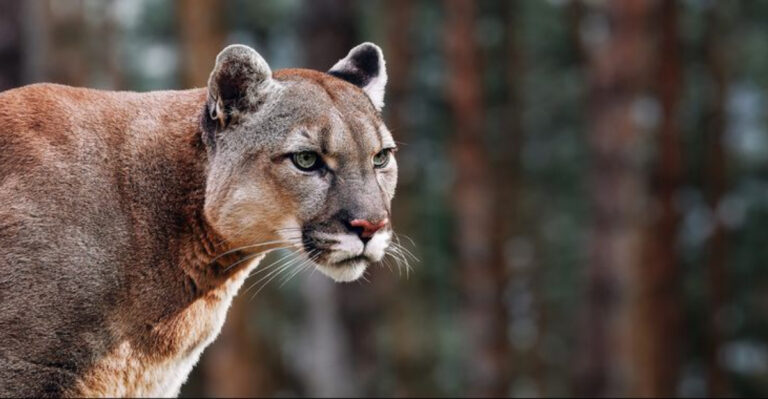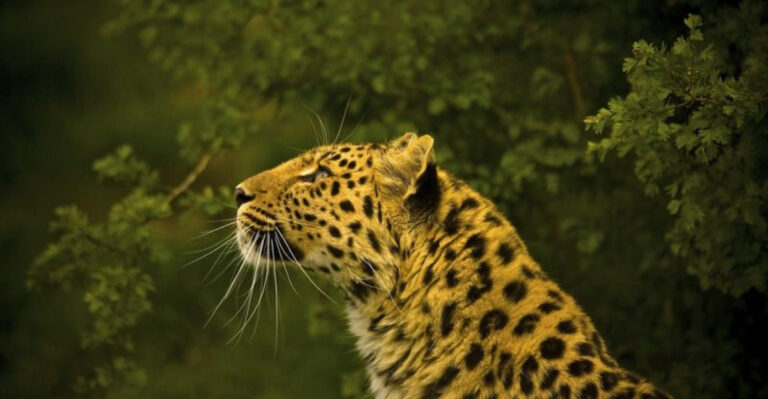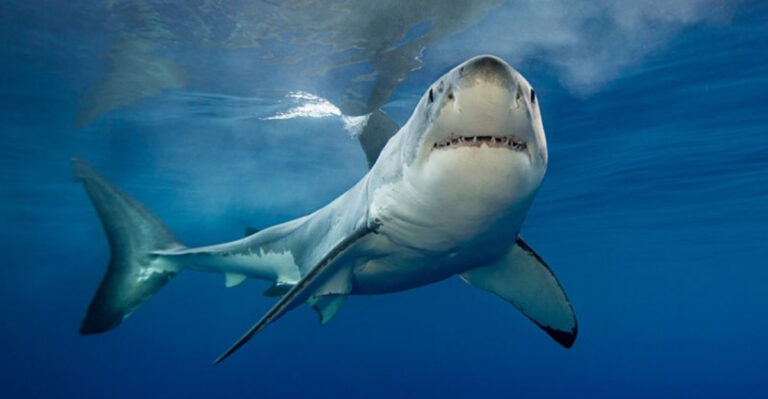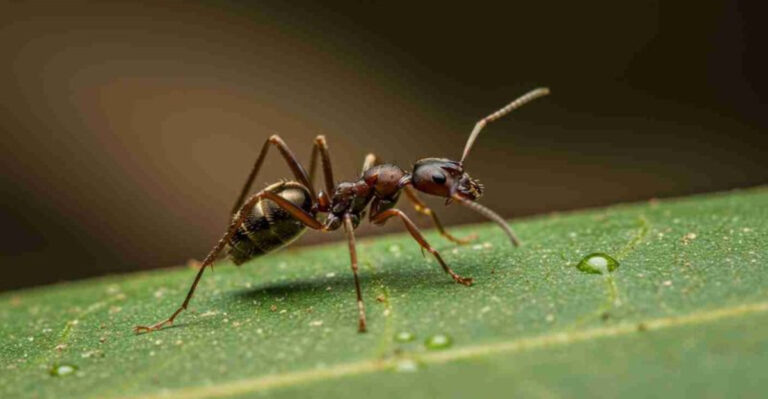Hoatzin: Unbelievable Facts About The Evolutionary ‘Orphan’ Of The Bird World

Deep in the Amazon rainforest lives one of nature’s most peculiar birds – the Hoatzin.
Often called the ‘stinkbird’ by locals, this strange creature has puzzled scientists for centuries with its bizarre features and mysterious evolutionary history.
Neither fully related to any other bird species, the Hoatzin stands alone as an evolutionary orphan, carrying traits from the distant past that make it seem like a living fossil from another time.
1. Clawed Wings In Babies
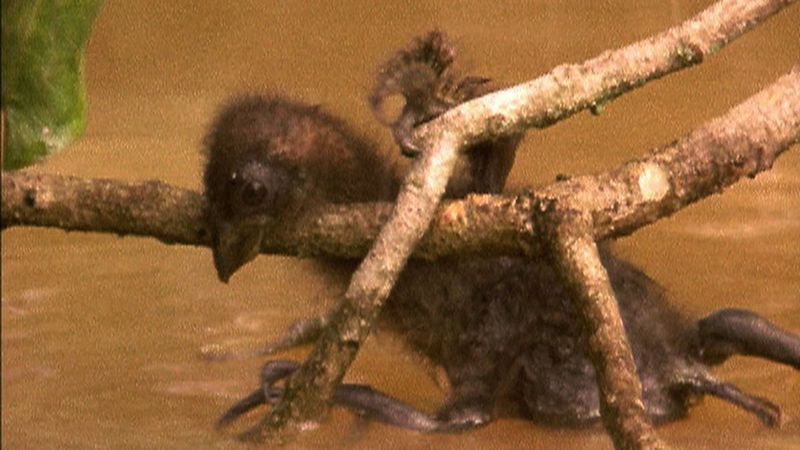
Baby Hoatzins possess something extraordinary – functional claws on their wings! These temporary claws allow chicks to climb trees like little reptiles when threatened. The claws eventually disappear as the birds mature.
This remarkable adaptation gives young Hoatzins a unique escape strategy. When predators approach their nests, chicks drop into the water below, swim to safety, and then use their wing claws to climb back up to their nests.
No other living bird shows this feature so prominently, leading many scientists to compare Hoatzin chicks to Archaeopteryx, the famous bird-like dinosaur from 150 million years ago.
2. Cow-Like Digestion System
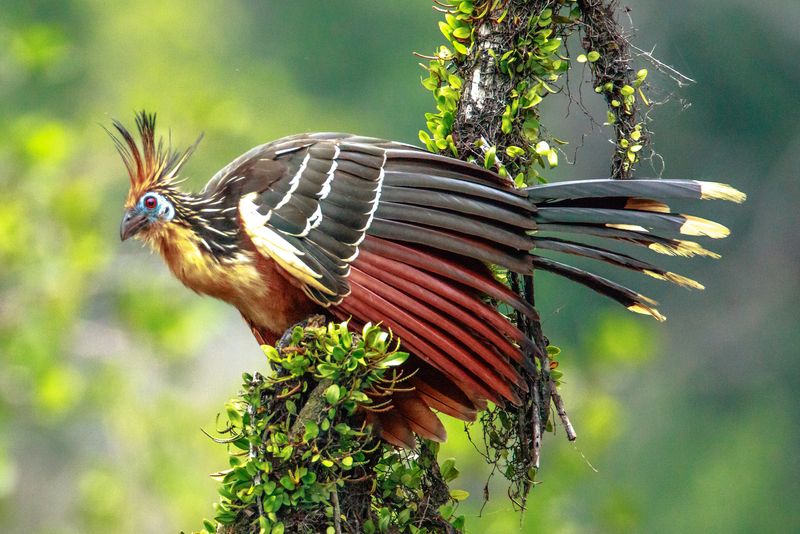
Unlike any other bird on Earth, Hoatzins digest their food like cows! Their enlarged crop functions as a fermentation chamber where bacteria break down tough plant material. This unique adaptation lets them eat leaves that would poison other birds.
The fermentation process creates a distinctive odor similar to fresh cow manure, earning them the nickname ‘stinkbird’ among locals. Their digestive system is so specialized that their breastbone has actually evolved to be smaller, making room for this massive digestive organ.
Scientists believe this unusual adaptation developed because the Hoatzin faced little competition for leafy food in its habitat.
3. Prehistoric Appearance
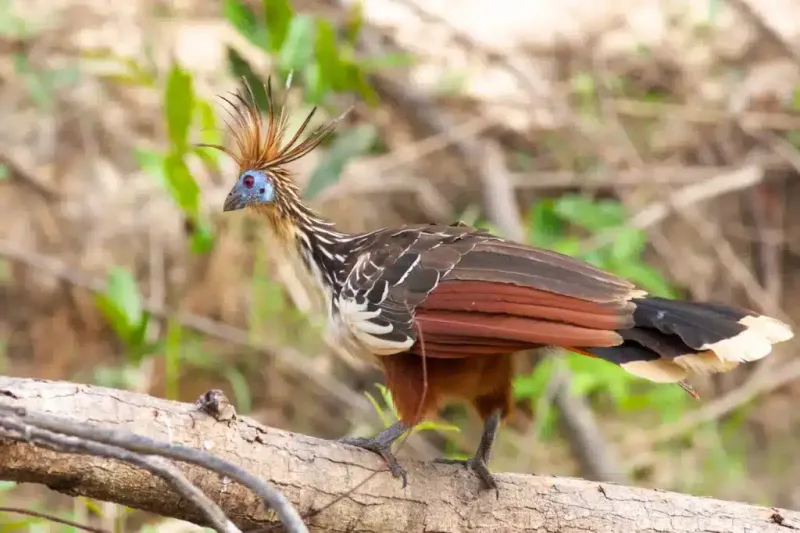
With its spiky, rust-colored mohawk and bright blue face, the Hoatzin looks like it belongs in a dinosaur movie rather than modern times. Its wild crest of feathers gives it a permanently startled expression that bird watchers find utterly captivating.
The Hoatzin’s eyes glow ruby-red in certain light, adding to its prehistoric appearance. Their bodies appear somewhat awkward and top-heavy, with a relatively small wingspan compared to their chunky bodies.
Many indigenous Amazonian tribes consider the bird sacred precisely because of its ancient appearance, believing it carries wisdom from Earth’s earliest days.
4. Evolutionary Mystery
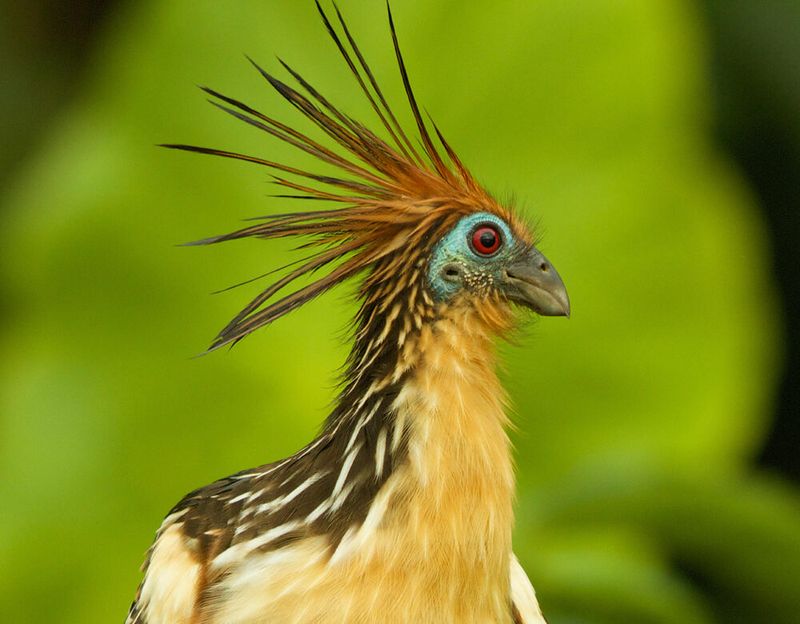
The Hoatzin represents one of ornithology’s greatest puzzles – scientists can’t agree on who its relatives are! DNA studies have linked it to cuckoos, then to rails, then to doves, with each new study contradicting previous findings.
Some researchers believe the Hoatzin may be the sole survivor of an ancient lineage that split from other birds over 64 million years ago, right after the dinosaurs disappeared. This would make it a living fossil with no close relatives in the modern world.
The bird’s unique combination of primitive and modern features continues to confound evolutionary biologists trying to place it on the avian family tree.
5. Terrible Flyers

Despite having wings, Hoatzins are embarrassingly bad at flying! Their flight is clumsy, noisy, and limited to short distances – more like controlled falling than actual flying. Their heavy bodies and relatively small wings make taking off a comical struggle.
Local guides in the Amazon often joke that Hoatzins only fly when absolutely necessary, preferring to hop awkwardly from branch to branch. Their weak flight muscles result partly from devoting so much body space to their massive digestive system.
When they do take flight, they crash-land with all the grace of a thrown brick, making them easy targets for predators if they venture too far from water.
6. Leaf-Only Diet

Hoatzins survive exclusively on leaves – a diet so unusual among birds that they’ve developed a completely unique digestive system to handle it. Their menu includes toxic leaves that would kill other birds, making them the only truly folivorous (leaf-eating) birds in existence.
Their specialized diet means they don’t need to compete with other birds for food. They particularly favor the leaves of arums and mangroves, which they pluck directly with their beaks while perched on branches.
The fermentation process needed to digest these tough leaves makes Hoatzins move slowly after meals – they’re literally waiting for their food to compost inside them!
7. Communal Parenting Style
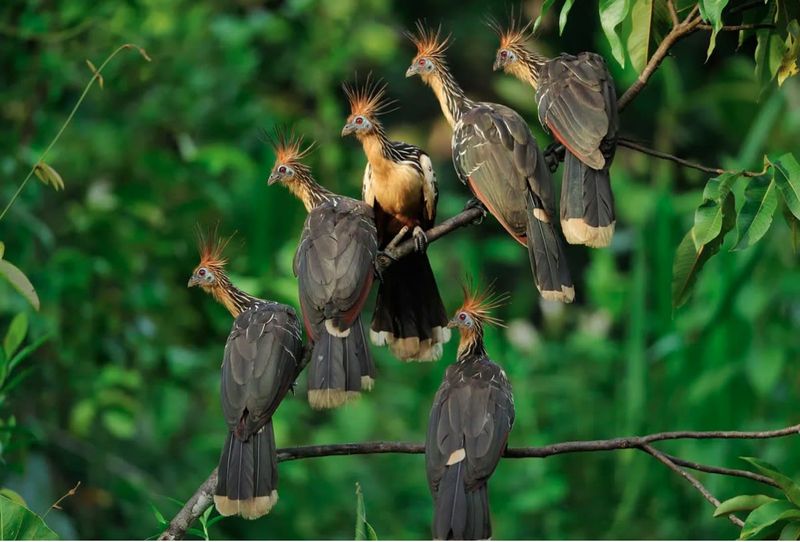
Family matters to Hoatzins! These birds practice cooperative breeding, where multiple adults help raise each group’s chicks. Young birds from previous years often stick around to help their parents raise their younger siblings.
Nests are built over water for protection, creating little Hoatzin communities in riverside trees. Both males and females share incubation duties equally – unusual among birds – with incubation lasting around 28 days.
This social structure helps the species survive despite their poor flying abilities and vulnerability to predators. Scientists have observed up to five adults tending to a single nest, bringing food and protecting the helpless chicks from danger.
8. The Stinky Reputation

Approach a Hoatzin and you’ll immediately understand why locals call them ‘stinkbirds.’ Their fermentation-based digestion creates a powerful manure-like odor that permeates their flesh, feathers, and nests.
This overwhelming smell serves as a natural defense mechanism – few predators want to eat something that smells like a barnyard! Indigenous people of the Amazon rarely hunt Hoatzins for food despite their slow movements and easy accessibility.
Scientists studying these birds often report that the smell clings to their clothes and equipment for days after handling specimens. Some researchers even claim you can smell a Hoatzin colony before you see it!
9. Vocal Acrobatics
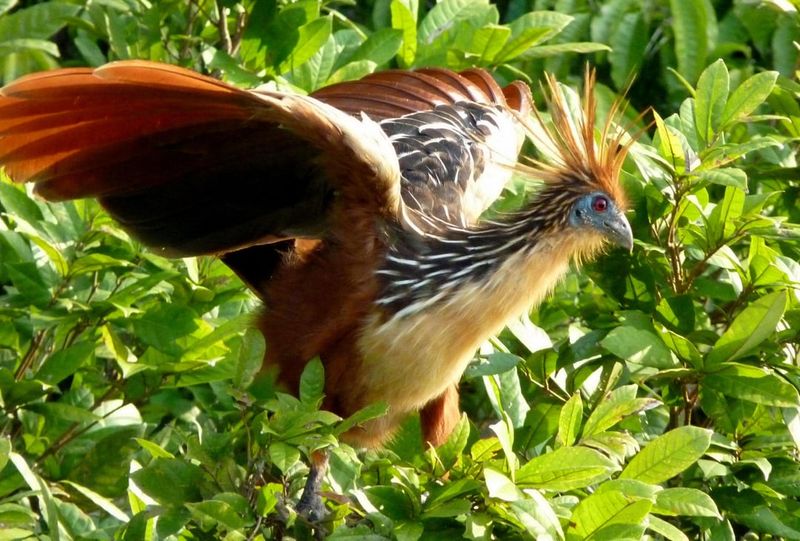
Hoatzins communicate through an astonishing variety of sounds that seem out of place in a bird. Their vocal repertoire includes deep groans, croaks, hisses, and strange wheezing noises that echo through the Amazon rainforest.
Groups of Hoatzins create a bizarre chorus that early explorers described as sounding like strangled cats. These vocalizations serve important social functions, helping establish territory and maintain group cohesion in the dense foliage.
During mating season, males produce particularly elaborate calls while puffing out their chests and raising their crests – a prehistoric serenade that has remained largely unchanged for millions of years.
10. Geographic Isolation
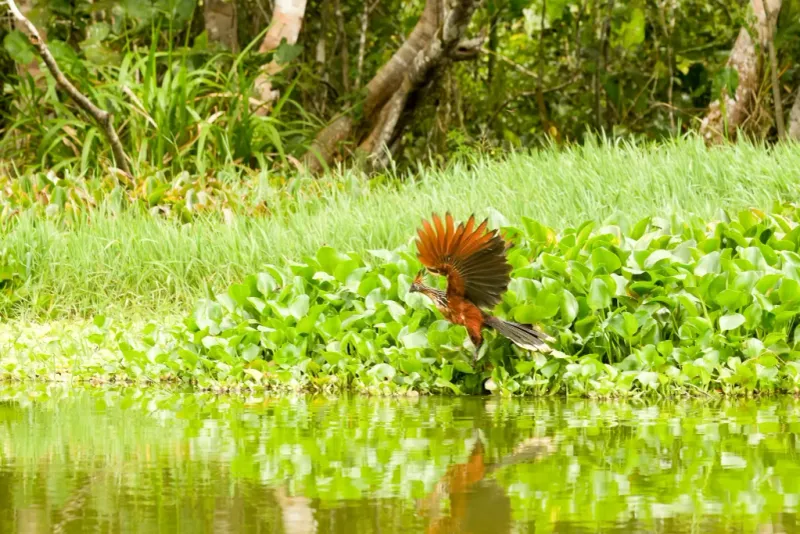
Hoatzins live exclusively in the Amazon and Orinoco basins of South America, inhabiting swamps, riparian forests, and mangroves. Their limited range has contributed to their evolutionary uniqueness – they’ve developed in isolation from similar pressures affecting other birds.
Always found near water, they rarely venture far from riverbanks or lake edges. This habitat specificity makes them particularly vulnerable to deforestation and changes in water levels due to climate change.
Different populations show slight variations in appearance and behavior, suggesting they may be slowly diverging into separate subspecies across their range in Colombia, Brazil, Peru, Bolivia, and Venezuela.
11. Cultural Significance
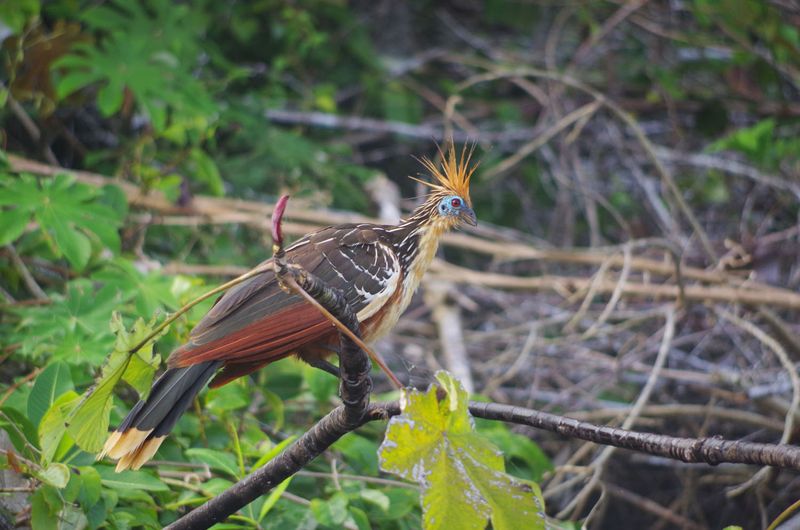
Throughout the Amazon, indigenous peoples have woven the Hoatzin into their cultural fabric. Many tribes consider the bird a spiritual messenger between worlds due to its ancient appearance and strange behaviors.
The Yanomami people believe Hoatzins carry the souls of ancestors, while other groups incorporate the bird’s distinctive movements into ceremonial dances. Some shamanic traditions claim the Hoatzin’s unusual digestive abilities give it special knowledge of medicinal plants.
Despite these spiritual associations, taboos against eating the foul-smelling bird likely developed for practical reasons rather than religious ones – they simply taste as bad as they smell!
12. Scientific Name Origins

The Hoatzin’s scientific name – Opisthocomus hoazin – tells its own fascinating story. ‘Opisthocomus’ comes from Greek words meaning ‘wearing long hair behind,’ referring to its distinctive crest that flows backward like an 80s rock star’s hairdo.
‘Hoazin’ derives from the Nahuatl language word ‘hoactzin,’ showing how indigenous knowledge informed early scientific classification. The bird carries multiple local names across its range – ‘canje pheasant’ in Guyana, ‘shansho’ in Peru, and ‘cigana’ in Brazil.
First scientifically described in 1776, the Hoatzin has been reclassified numerous times as scientists continue debating its proper place in avian taxonomy.


